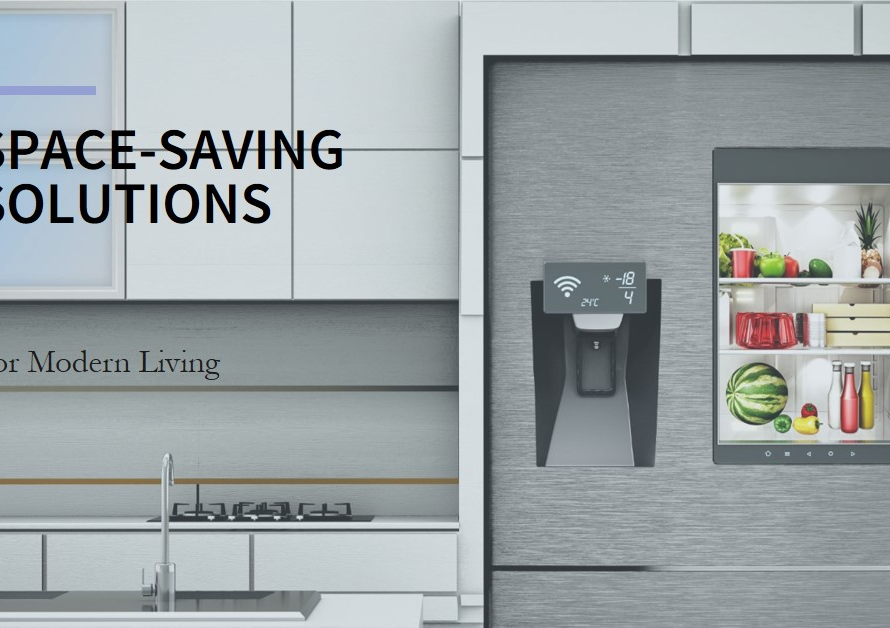
Table of Contents
- Introduction
- 1. Understanding the Root Causes
- 2. Improving Soil Health
- 3. Utilizing Ground Covers
- 4. Installing Artificial Turf
- 5. Creating Hardscape Features
- 6. Embracing Mulch and Decorative Stone
- 7. Planting Shade-Tolerant Species
- 8. Exploring Xeriscaping
- 9. Incorporating Edible Gardens
- Conclusion: Embracing Creativity in Landscaping
Introduction
Landscaping is both an art and a science. While many dream of lush, green lawns, reality often presents areas where grass simply refuses to grow. Whether due to poor soil, inadequate sunlight, or heavy foot traffic, these barren spots can be a frustrating blemish on an otherwise beautiful landscape. Fortunately, there are numerous creative and practical solutions to transform these problem areas into appealing and functional spaces. This blog post will explore nine effective strategies to tackle grassless landscapes.
1. Understanding the Root Causes
Before jumping into solutions, it’s crucial to understand why grass won’t grow in certain areas. Several factors can contribute to this problem.
Firstly, soil quality plays a significant role. Compacted or poor-quality soil often lacks the nutrients and aeration necessary for grass to thrive. Conducting a soil test can reveal deficiencies and guide you towards appropriate amendments.
Secondly, sunlight is essential for grass growth. Shaded areas, especially those under large trees or next to buildings, might not receive enough light. Identifying these zones helps in selecting suitable alternatives to grass.
2. Improving Soil Health
Addressing soil issues can sometimes make a significant difference. Enhancing soil health involves several steps, starting with aeration.
Aeration involves perforating the soil to allow air, water, and nutrients to penetrate the grass roots. This process helps alleviate soil compaction and promotes healthier growth. Regularly aerating your lawn can significantly improve its overall health.
In addition to aeration, incorporating organic matter like compost can enrich the soil. Compost adds essential nutrients and improves soil structure, making it more conducive to grass growth. Regularly amending your soil with compost can lead to long-term improvements.
3. Utilizing Ground Covers
When grass won’t grow, ground covers offer a fantastic alternative. Ground covers are low-growing plants that spread to form a dense mat, effectively filling in bare spots.
There are numerous ground cover options, each suited to different conditions. For shaded areas, consider plants like pachysandra, vinca minor, or hostas. These plants thrive in low-light conditions and provide excellent coverage.
For sunny areas, creeping thyme, sedum, or clover can be excellent choices. These plants are not only drought-tolerant but also add unique textures and colors to your landscape, enhancing its visual appeal.
4. Installing Artificial Turf
Artificial turf has come a long way in recent years, offering a realistic and low-maintenance alternative to natural grass. It’s particularly useful in high-traffic areas where natural grass struggles to survive.
Modern artificial turf is designed to look and feel like real grass, making it an attractive option for lawns, play areas, and even pet zones. It requires minimal upkeep, no watering, and remains green year-round, providing a consistently beautiful landscape.
However, it’s essential to install artificial turf correctly to ensure proper drainage and longevity. Hiring a professional for installation can save time and ensure a high-quality result.
5. Creating Hardscape Features
Hardscaping is another excellent solution for areas where grass won’t grow. Hardscape features include patios, walkways, retaining walls, and other non-plant elements that add structure and functionality to your landscape.
Patios and walkways can be constructed using materials such as pavers, stones, or concrete. These features not only eliminate the need for grass but also create inviting spaces for outdoor activities and entertainment.
Retaining walls can help manage slopes and create terraced gardens, adding dimension and interest to your landscape. Additionally, incorporating seating areas, fire pits, or water features can enhance the usability and aesthetic appeal of your yard.


6. Embracing Mulch and Decorative Stone
Mulch and decorative stone are practical and attractive solutions for grassless areas. They help suppress weeds, retain soil moisture, and improve the overall appearance of your landscape.
Organic mulches, such as wood chips or bark, decompose over time, enriching the soil. They are ideal for flower beds, around trees, and other planting areas. Inorganic mulches, like rubber or stone, are long-lasting and low-maintenance, perfect for pathways and around structures.
Decorative stone, including gravel, river rock, or crushed granite, adds texture and color to your landscape. These materials can be used to create striking designs and borders, enhancing the visual appeal of your yard.
7. Planting Shade-Tolerant Species
For shaded areas where grass struggles to grow, selecting shade-tolerant plants can be a game-changer. These plants are adapted to low-light conditions and can thrive where grass fails.
Ferns, hostas, and astilbes are excellent choices for shaded gardens. These plants not only provide lush foliage but also add variety and interest with their unique textures and colors. Ground covers like ivy or moss can also create a soft, green carpet in shaded areas.
Additionally, incorporating shade-tolerant shrubs and small trees can add height and structure to your landscape, creating a more dynamic and layered look.
8. Exploring Xeriscaping
Xeriscaping is a landscaping method that reduces or eliminates the need for irrigation. This approach is especially beneficial in arid regions or areas with water restrictions.
Xeriscaping involves selecting drought-tolerant plants that require minimal water. Native plants are often well-suited to xeriscaping, as they are adapted to the local climate and soil conditions. Succulents, ornamental grasses, and certain perennials are excellent choices for xeriscaped gardens.
In addition to plant selection, xeriscaping emphasizes soil improvement, efficient irrigation, and mulching to conserve water. This sustainable approach not only addresses the issue of grassless areas but also promotes environmental conservation.
9. Incorporating Edible Gardens
Transforming unyielding grassless areas into edible gardens can be both rewarding and practical. Edible gardens provide fresh produce and herbs, turning barren spots into productive spaces.
Raised beds are an excellent option for edible gardens, as they allow for better soil control and drainage. They can be constructed from various materials, including wood, stone, or metal, and can be customized to fit your landscape.
Vegetables, herbs, and even small fruit trees can thrive in raised beds. By incorporating companion planting and crop rotation, you can maximize yields and maintain soil health. An edible garden not only addresses the issue of grassless areas but also adds a unique and functional element to your landscape.
Conclusion: Embracing Creativity in Landscaping
When faced with areas where grass won’t grow, it’s essential to think creatively and consider alternative solutions. By understanding the root causes and exploring various options, you can transform these problem spots into beautiful and functional parts of your landscape. Whether through ground covers, artificial turf, hardscaping, mulch, shade-tolerant plants, xeriscaping, or edible gardens, there are numerous ways to overcome the challenge of unyielding landscapes. Embrace these solutions to create a stunning, resilient, and diverse outdoor space.



